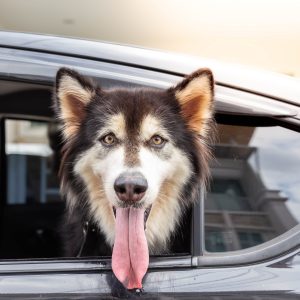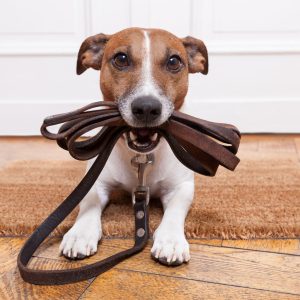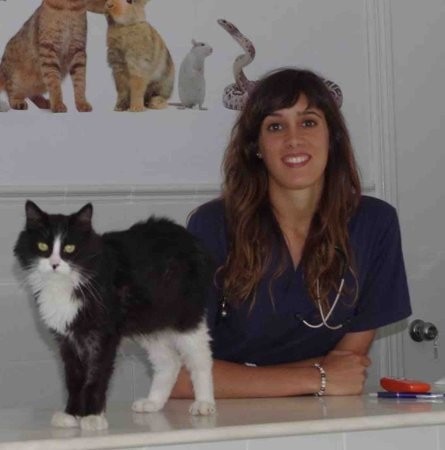Because they produce a lower amount of allergen, which are the proteins that trigger an allergic response, some breeds are more friendly to allergy sufferes than others. Human allergies occur more commonly to cats than to dogs.
Cats and allergies
Some people are allergic to the fur of the cat, whereas others are allergic to the dust that is transported within the hair. However, allergy to the cat’s hair is not the most common cause of allergies. The most common reason for allergies, is due to the presence of some proteins (specially the protein called Fel D1) which are within the hair, the skin, urine, and saliva, more than allergies to the actual fur. This protein (or allergen) can accumulate within the hair when cats are self-grooming or when dead fur falls. Most of the cats produce this protein and male cats produce it more than females, especially if they are not neutered. This is because the production of the protein Fel D1 is made by stimulation from some hormones, mostly testosterone, which is reduced markedly in neutered males.
It is important to note that there is not a specific cat breed that is completely free of risking the flare up of an allergy in a human, and that a specific cat may not trigger reaction in an allergic human but may trigger a reaction in another human. However, there are some cats that are less likely to cause a reaction and may therefore be more appropriate for people that has allergies. Those cats are the ones producing less protein Fel D1 or with hair characteristics that distribute a smaller amount of Fel D1.
Prior to acquiring a cat, if you suffer from allergies, a sensible choice may be to spend some time near the chosen breed to find out if it triggers or not an allergy. However, it is important to note that some of the clinical signs may appear weeks after you start living together. Common clinical signs of allergies to cats include sneezing, nasal congestion, coughing, itchy nose, painful throat or eye irritation.
Some cat breed less likely to cause an allergic reaction
- Bengal are one of the breeds that produce less protein Fel D1. In terms of breed characteristics, they are quite friendly and affectionate, very active and athletic. It is very important that they have enough space to run and exercise.

- Cornish and Devon Rex also produce a lower amount of protein Fel D1 and they release a very small amount of hair (they have a curly hair) and therefore the allergen they accumulate will be less disseminated throughout the house. They are very attached to their owners; they like to be stroked and they are very athletic and playful.

- Russian Blue have a velvet’s hair consistency, which does not fall off easily and they also produce less protein Fel D1. They tend to be quiet cats and even a little bit shy. They may be careful with strangers, but they are playful, they like jumping and they are agile.

- Siberian: Despite them having a long and thick fur, they are one of the breeds that produce less protein Fel D1. However, they require significant amounts of grooming. They are affectionate and intelligent. They like climbing and they are good hunters.

- Egyptian or Sphynx cats have almost no hair, and therefore the allergic proteins produced in the saliva stays in the skin, but is not released around the house (because of the lack of hair). However, they generate a normal amount of protein Fel D1 produced in the skin and saliva. They are extrovert cats and mischief and love to be with people. They are very communicative, clever, and playful. Their normal temperature is higher than other cats and they may need solar protection if they are outside when there is sun.

- Balinese cats also produce less Fel D1 protein than other breeds. They are similar to the Siamese breeds in terms of appearance and character. They are extrovert and demand human attention. They are very ‘chatty’.

Minimising allergic reactions to cats
The following techniques can minimise allergic reactions if you already have a cat and experience symptoms:
- Keep the door of your room closed to avoid the cat entering and releasing allergens.
- Avoid carpets as they can accumulate a large amount of cat hair.
- Make sure someone else grooms your cat’s fur frequently to avoid fur release.
- Keep the litter tray clean, ideally by someone else. This is because the protein is eliminated through urine.
- Consider the use of air purifiers to reduce the amount of allergen in the air.
- Male neutered cats are the ones that produce a smaller amount of allergen; therefore if your cat is not neutered yet, consider this.
- If none of the above things are helping, discuss with your doctor the possibility of taking medications to minimise the allergic reaction.
Dogs and allergies
Allergies to dogs are less common. The main allergens produced by dogs are proteins found in their saliva, dandruff, and sebaceous glands. Some dog breeds produce a smaller amount of dandruff and they almost do not release hair, and these breeds may be more appropriate for allergic people. As with cats, this does not mean that those breeds will produce no reaction at all, but that they produce a smaller number of allergens and therefore, the allergic human will tolerate it better. Some of the dogs of the list are dogs that do not lose hair (non-shedding coat), or that have no hair or do not produce dandruff.
These are some of the more allergy-friendly dog breeds
- American Hairless Terrier: This dog has no hair and does not produce dandruff. They are very active and playful, intelligent, and friendly dogs.

- Yorkshire Terrier: This breed loses very little hair. However, it is important to groom this breed often enough.

- Bichon Frise: Like the York shire terrier, they do not lose hair. Their hair grows continuously and does not shed. They are very playful.

- Schnauzer: They lose a very small amount of hair, but they have a double coat that requires clipping. They are very active.

- Spanish or Portuguese Water Dog and Poodle have a curly and compact hair, with a similar texture to the wool that is waterproof and does not fall. To avoid the knots, it is important to use a specific brush.

- Chinese Crested Dog sheds very little hair. This breed is very playful.

- Border Terrier: They have a thick and wiry coat which does not shed. However, they require professional grooming. They are very relaxed and friendly dogs.

Similar to what is advised with cats regarding other tips to use at home, ideally you should wash your dog’s bed often, as well as avoiding them entering your room or sleeping in your bed. Try to groom your dog often and avoid carpets. You can also use hoovers that are appropriate for pet’s hair and use air purifiers.









